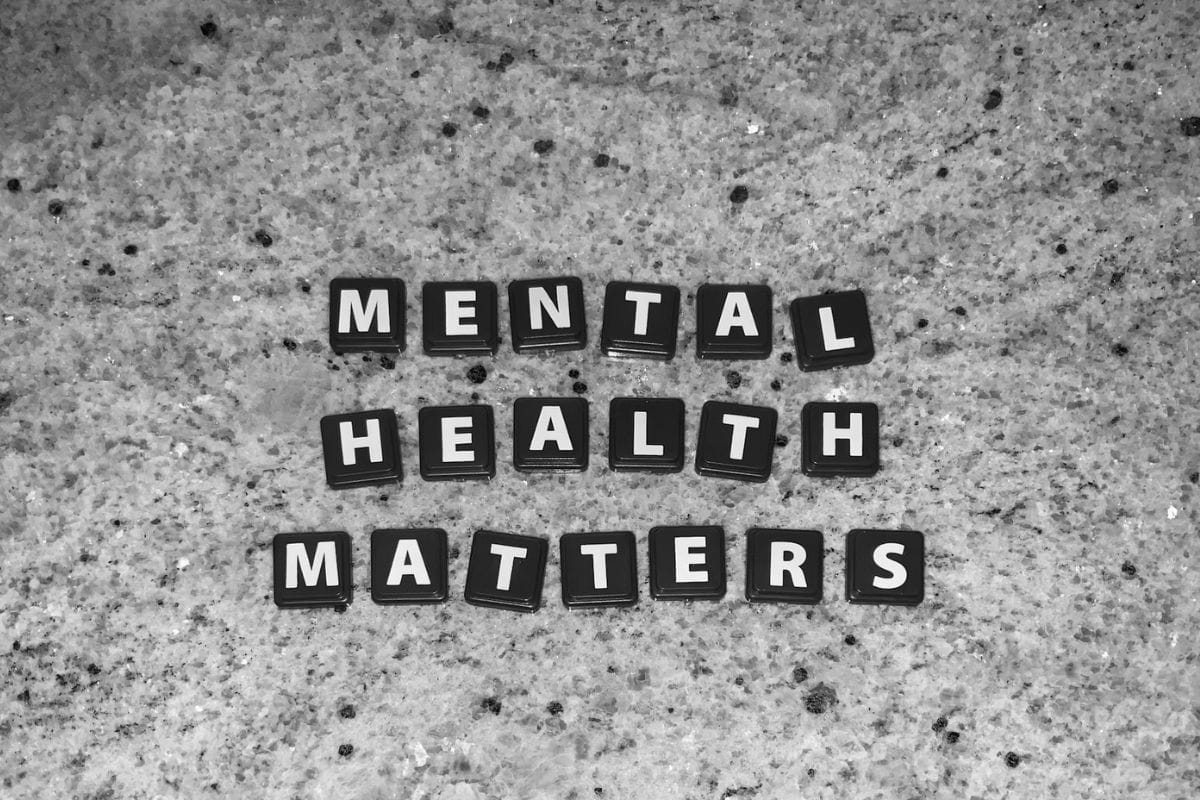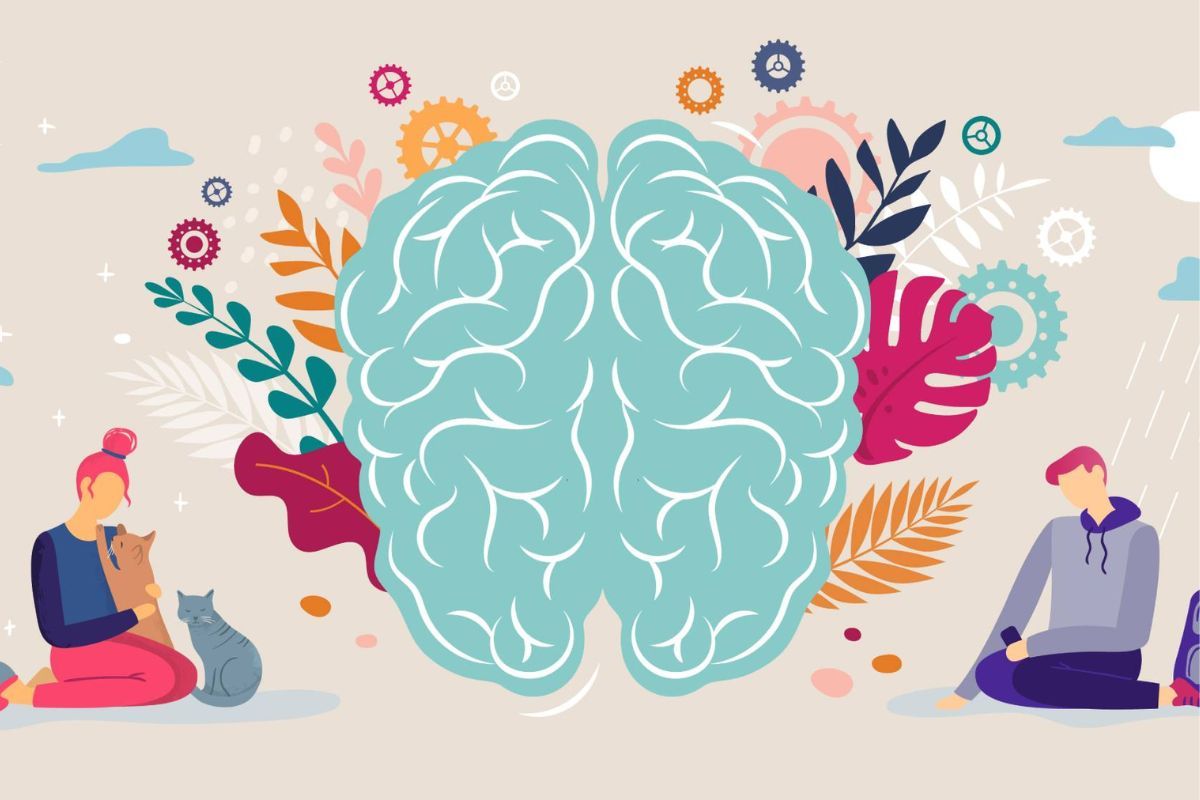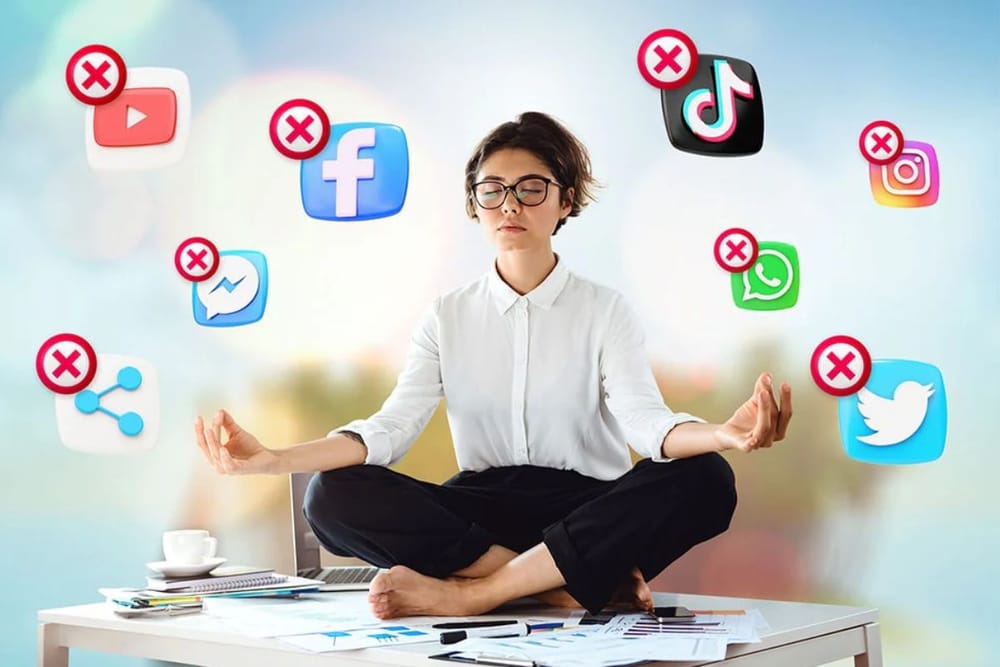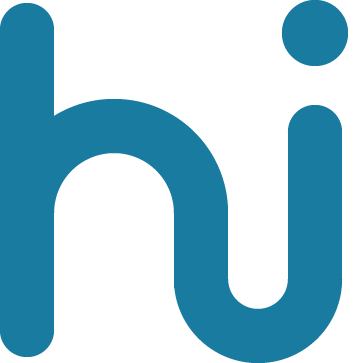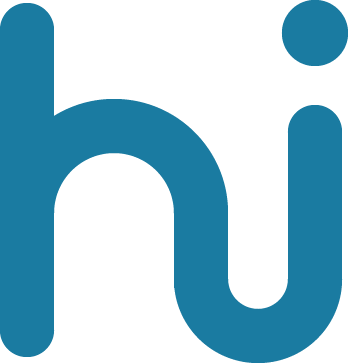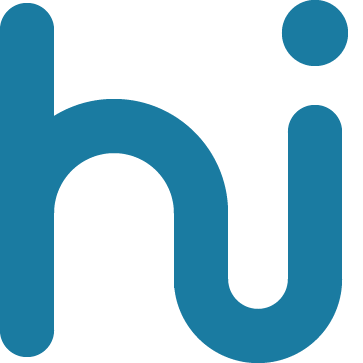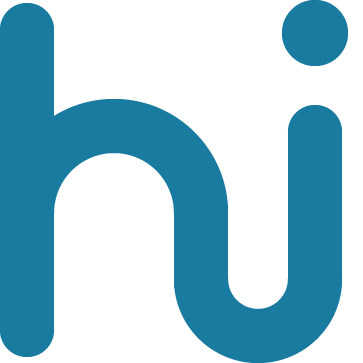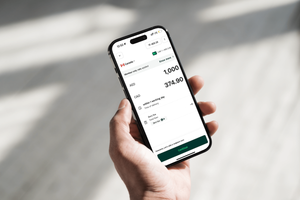Are you finding it increasingly difficult to disconnect from your devices in a world where technology seems to rule our lives? As screens become an integral part of our daily routines, the line between healthy engagement and digital overload can easily blur. The good news is that cultivating healthy digital habits is not only possible but essential for our mental and physical well-being.
Why We Need Healthy Digital Habits

In our fast-paced, technology-driven world, the need for healthy digital habits has never been more critical. The pervasive nature of digital devices means that they influence various aspects of our daily lives, from work and communication to leisure and education. Here are several reasons why cultivating healthy digital habits is essential for our overall well-being:
- Mental health preservation: Excessive screen time and constant exposure to social media can lead to anxiety, depression, and feelings of inadequacy. Healthy digital habits help mitigate these risks by promoting a balanced approach to technology use, reducing the likelihood of negative mental health outcomes.
- Enhanced focus and productivity: Digital distractions can significantly impact our ability to concentrate and be productive. By establishing boundaries and minimizing interruptions, we can improve our focus, leading to greater efficiency and satisfaction in our tasks.
- Improved sleep quality: The blue light emitted by screens can interfere with our sleep patterns, leading to insomnia and fatigue. Creating tech-free zones and setting screen time limits, especially before bedtime, helps promote healthier sleep habits, resulting in better overall health.
- Strengthened relationships: Relying heavily on digital communication can sometimes hinder the quality of our relationships. By prioritizing face-to-face interactions and engaging in meaningful conversations, we can strengthen our connections with others.
- Greater mindfulness and presence: Healthy digital habits encourage mindfulness by prompting us to be more intentional about our device use. This awareness helps us stay present in the moment and allows us to enjoy our surroundings and the people around us fully.
- Development of life skills: Establishing healthy digital habits encourages the development of essential life skills, such as time management, self-discipline, and critical thinking. These skills are invaluable in both personal and professional settings.
- Prevention of digital burnout: The constant demand for connectivity can lead to digital burnout, characterized by fatigue, stress, and a sense of overwhelm. By creating structured routines and incorporating regular breaks, we can prevent burnout and maintain a healthier relationship with technology.
By making intentional choices about how we interact with technology, we can reclaim our time, enhance our productivity, and nurture our relationships. Explore effective strategies for creating healthy digital habits that empower us to navigate our tech-filled lives with mindfulness and balance.
Set Clear Boundaries
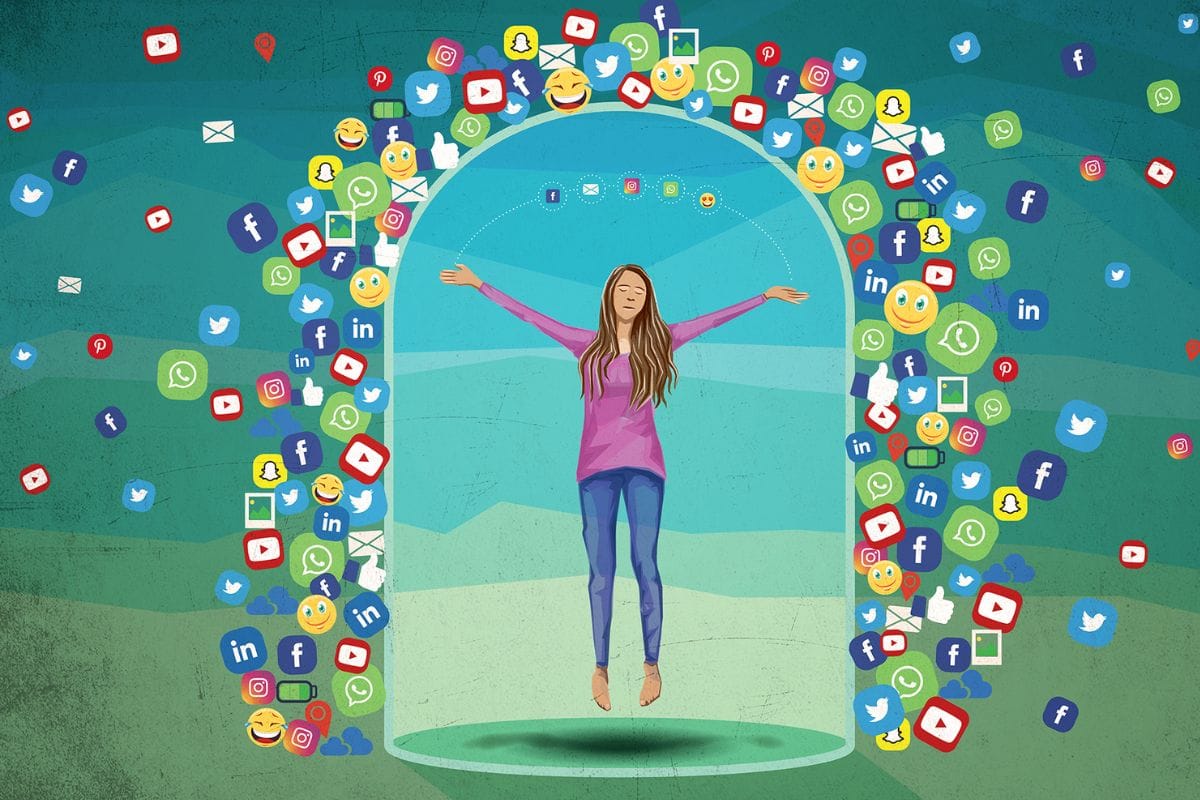
Establishing clear boundaries around technology use is fundamental to cultivating healthy digital habits. Boundaries help create a structured environment where technology serves specific purposes without encroaching on other areas of life. Here are several strategies to help you set effective boundaries:
Designate Tech-Free Zones
Creating tech-free zones in your home encourages meaningful interactions and improves relaxation and focus. Start by designating specific areas, such as the dining room or bedroom, as tech-free. Communicate their purpose to family members, ensuring everyone respects these boundaries. Offer alternative activities like books, board games, or art supplies to promote engagement.
Set Specific Times for Device Use
To boost focus and reduce mindless scrolling, set specific times for checking emails and social media. Time blocking is a useful method: allocate 30-minute slots in the morning and afternoon for digital activities. This structure helps manage time and reduces the urge to constantly check devices. Prioritize tasks before these periods, enabling your brain to expect tech use at set times, which minimizes distractions and enhances productivity.
Limit Notifications
Disabling non-essential notifications is crucial for maintaining focus and setting boundaries. Constant alerts can distract and overwhelm, reducing productivity. Begin by evaluating your notifications to differentiate between essential ones, like work messages, and non-essential, like social media updates. Disable alerts for less urgent apps through your device settings, and utilize the “Do Not Disturb” mode during specific hours. This approach helps you concentrate on important tasks and personal activities without unnecessary interruptions.
Establish End-of-Day Rituals
Creating an end-of-day ritual helps transition from the digital world to a calmer state, improving sleep hygiene. Start by setting a technology curfew, putting away devices an hour before bed. Replace screen time with calming activities like reading, journaling, or relaxation techniques to signal it is time to unwind. Reflect on your day without digital distractions, noting accomplishments, gratitude, and goals for tomorrow. This mindfulness practice fosters a peaceful mindset and detachment from digital noise.
Practice Mindful Consumption

Mindful consumption refers to being intentional and conscious about the digital content we engage with, recognizing its potential impact on our thoughts and feelings. Here is a detailed look at how to incorporate mindful consumption into your digital habits.
Curate Your Feed
To practice mindful consumption, actively curate your online presence by choosing the accounts you follow on social media. Seek out positive influences, such as wellness coaches and motivational speakers, to foster an uplifting experience. Evaluate your current following list and unfollow accounts that induce anxiety or negativity. Additionally, create themed lists on platforms like Twitter or Instagram to categorize accounts by interest, enabling focused engagement with content that resonates with you.
Engage, Don’t Just Scroll
Mindful consumption means actively engaging with digital content instead of just scrolling. Participate in discussions by commenting or sharing your thoughts, fostering deeper connections with creators and users. Share insights by reposting content that resonates with you, adding your reflections to spark meaningful conversations. Additionally, ask questions to clarify topics of interest to enhance your understanding and building a sense of community among your followers.
Limit Exposure to Negative News
Staying informed about current events is essential, but overexposure to negative news can heighten anxiety and helplessness. To practice mindful consumption, set specific times for news; once in the morning and once in the evening, to limit overwhelm. Prioritize reputable sources known for responsible journalism and avoid sensationalist media. Additionally, seek out positive news stories that highlight inspiring events, helping to balance the negativity often found in mainstream media.
Practice Gratitude and Reflection
Incorporating gratitude and reflection into your digital consumption can enhance your experience and foster a positive mindset. After engaging with content, take a moment to consider how it affected your mood. Keeping a gratitude journal—whether digital or physical—can help you note the content that inspires you, reinforcing positive experiences. Additionally, engaging in digital detoxes allows you to assess your habits and identify which content brings joy and what should be minimized.
Limit Multitasking While Consuming Content
Multitasking with digital content can dilute your experience and hinder information retention. To improve absorption, focus solely on one activity at a time, avoiding distractions like emails or social media. This focused approach enhances understanding. Additionally, create a conducive environment by establishing a comfortable, distraction-free space for content consumption, such as a cozy reading nook or using headphones while watching videos, allowing for a fully immersive experience.
Schedule Regular Breaks
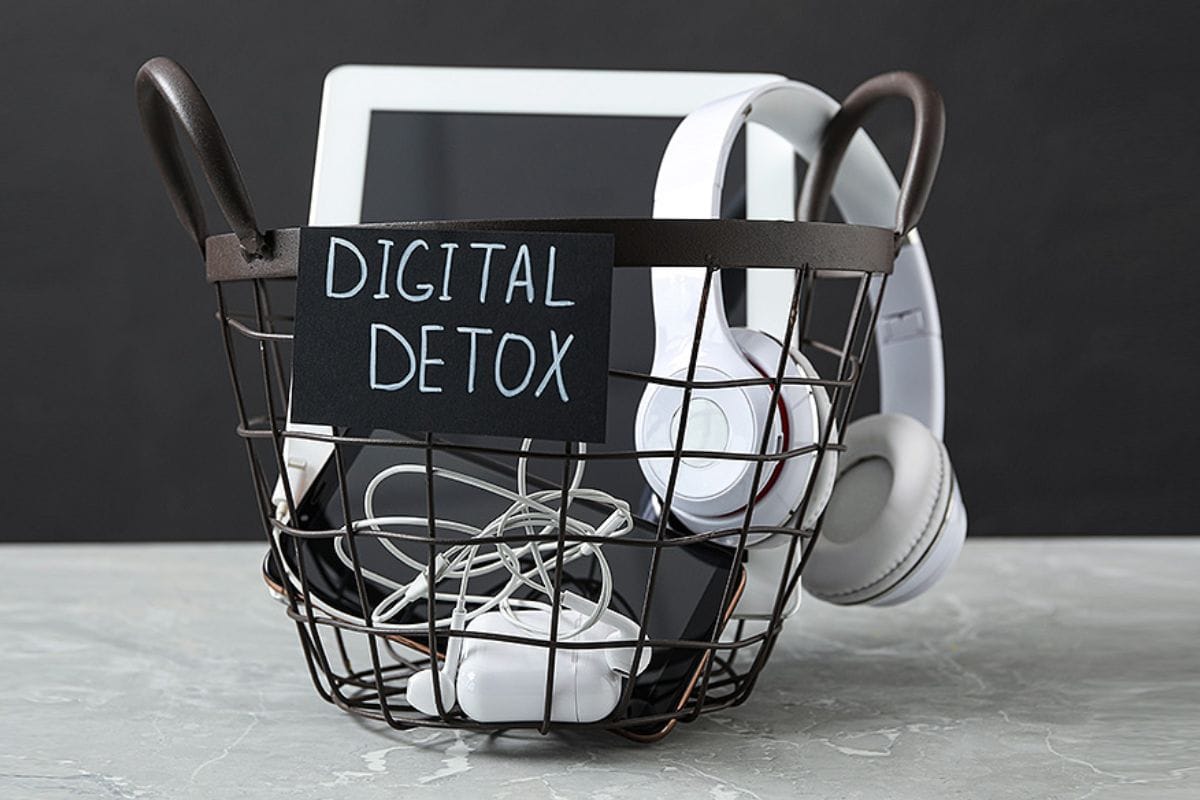
Scheduling regular breaks is a vital strategy for maintaining well-being and enhancing focus. Here is a detailed look at how to effectively incorporate breaks into your daily routine.
The 20-20-20 Rule
This rule is especially helpful for those frequently in front of screens. Every 20 minutes of screen time, take a 20-second break to look at something 20 feet away, reducing eye strain. Set a timer to remind you to take these breaks and, during the 20 seconds, focus on a distant object, allowing your eye muscles to relax and reset.
Incorporate Movement
Engaging in physical activity during breaks is crucial to combat the sedentary nature of desk work. Try incorporating stretching exercises to relieve tension, taking short walks for circulation and mental refreshment, or doing desk exercises like leg lifts and seated torso twists to maintain activity without leaving your workspace. Even a few minutes can enhance circulation and flexibility.
Establish ‘Unplugged’ Times
Set aside specific times each day to unplug from digital devices, allowing your mind to recharge without distractions. Designate technology-free zones, like during meals or an hour before bed, to engage in activities such as reading, meditating, or spending time with family. Focus on mindfulness during these periods by practicing yoga, meditating, or enjoying nature to enhance your presence in the moment.
Use Technology to Manage Breaks
Numerous apps can assist in scheduling breaks and reducing screen time. The Pomodoro Technique involves 25 minutes of focused work followed by a 5-minute break, with longer breaks after four cycles. Apps like Break Reminder Apps such as Stretchly and Time Out can notify you to take breaks and stretch, tailored to your needs.
Create a Routine
To establish a habit of taking regular breaks, schedule them in your calendar as appointments, ensuring you step away from your screen consistently. Aim to maintain a consistent break schedule each day, as this reinforces the habit and makes it easier to stick to over time.
Embrace Digital Tools for Well-Being
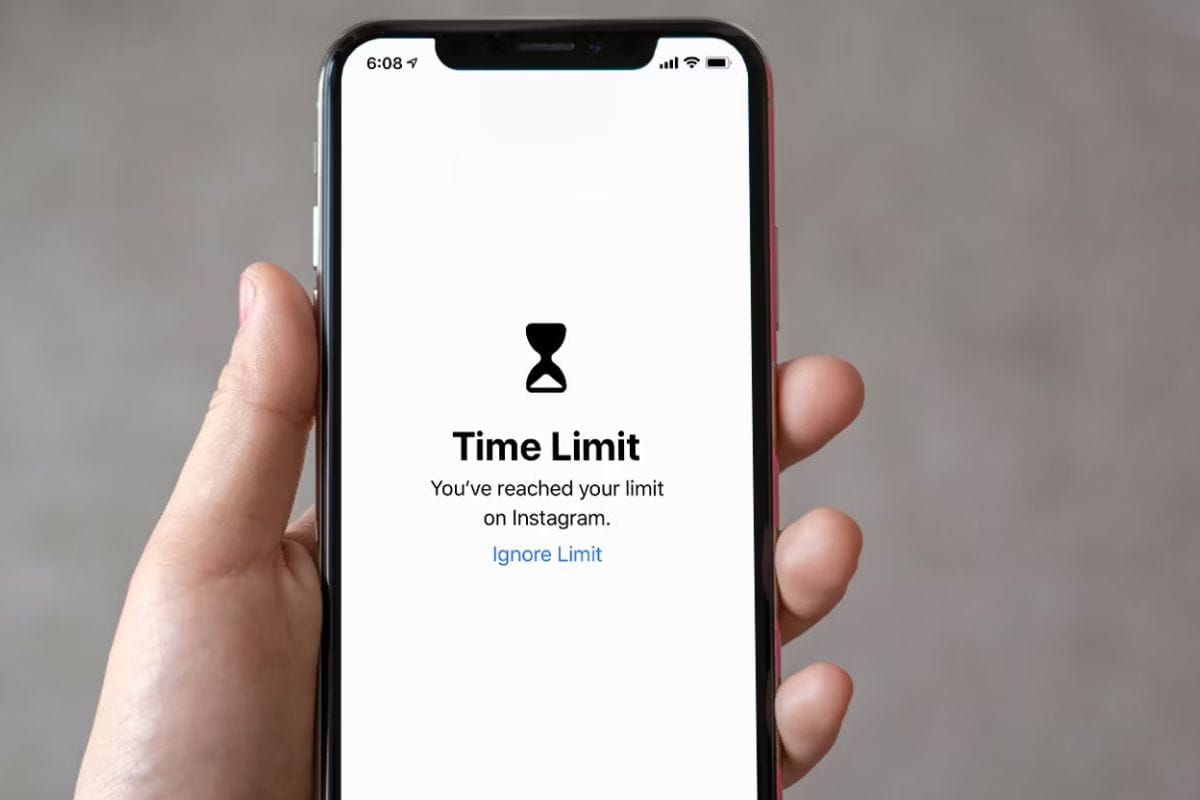
In our tech-centric world, leveraging digital tools designed to promote well-being can significantly enhance our ability to manage screen time, cultivate mindfulness, and improve overall mental health.
Screen Time Tracking Apps
Screen time tracking apps help users monitor device usage and identify excessive habits. They offer usage statistics to analyze time spent on specific apps, set daily limits with reminders, and allow scheduling to block distracting apps during designated times, such as work hours or bedtime. These features empower users to make informed adjustments to their screen time.
Example:
Screen Time (iOS): Built into iPhones, this feature tracks app usage, allows you to set limits, and provides weekly reports on your digital habits.
Mindfulness and Meditation Apps
Mindfulness and meditation apps aim to help users develop practices that enhance relaxation, focus, and emotional resilience. They typically feature guided meditations for stress reduction, sleep improvement, and mindfulness, along with breathing exercises to calm the mind and body. Additionally, users can track their meditation sessions, promoting consistent engagement and progress over time.
Example:
Headspace: This app provides a wide range of guided meditations, sleep aids, and mindfulness exercises, making it accessible for both beginners and seasoned practitioners.
Focus and Productivity Tools
These productivity tools aim to enhance focus, minimize distractions, and boost overall efficiency by promoting effective time management. Key features include the Pomodoro Technique, which encourages 25-minute focused work sessions followed by short breaks, distraction blockers to prevent interruptions from websites and notifications, and task management capabilities that help users organize tasks, set deadlines, and prioritize their workload.
Example:
Forest: This app encourages users to stay focused by planting virtual trees that grow while they avoid using their phones. If users exit the app to check their phones, the tree dies, providing motivation to stay on task.
Also Read:


